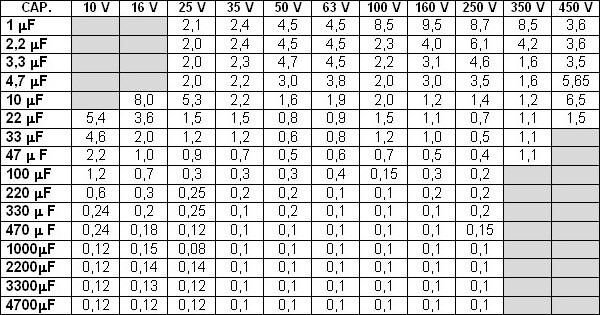
ESR Capacitor: equivalent series resistance

In a non-electrolytic capacitor and electrolytic capacitors with solid electrolyte the metallic resistance of the leads and electrodes and losses in the dielectric cause the ESR.
Typically quoted values of ESR for ceramic capacitors are between 0.01 and 0.1 ohms. ESR of non-electrolytic capacitors tends to be fairly stable over time, for most purposes real non-electrolytic capacitors can be treated as ideal components.
Aluminum and tantalum electrolytic capacitors with non solid electrolyte have much higher ESR values, up to several ohms, and ESR tends to increase with frequency due to effects of the electrolyte.
A very serious problem, particularly with aluminum electrolytic, is that ESR increases over time with use, ESR can increase enough to cause circuit malfunction and even component damage, although measured capacitance may remain within tolerance.
While this happens with normal aging, high temperatures and large ripple current exacerbate the problem. In a circuit with significant ripple current, an increase in ESR will increase heat dissipation, thus accelerating aging.
T-100 Multi-Testeur
.jpg)
.jpg)
